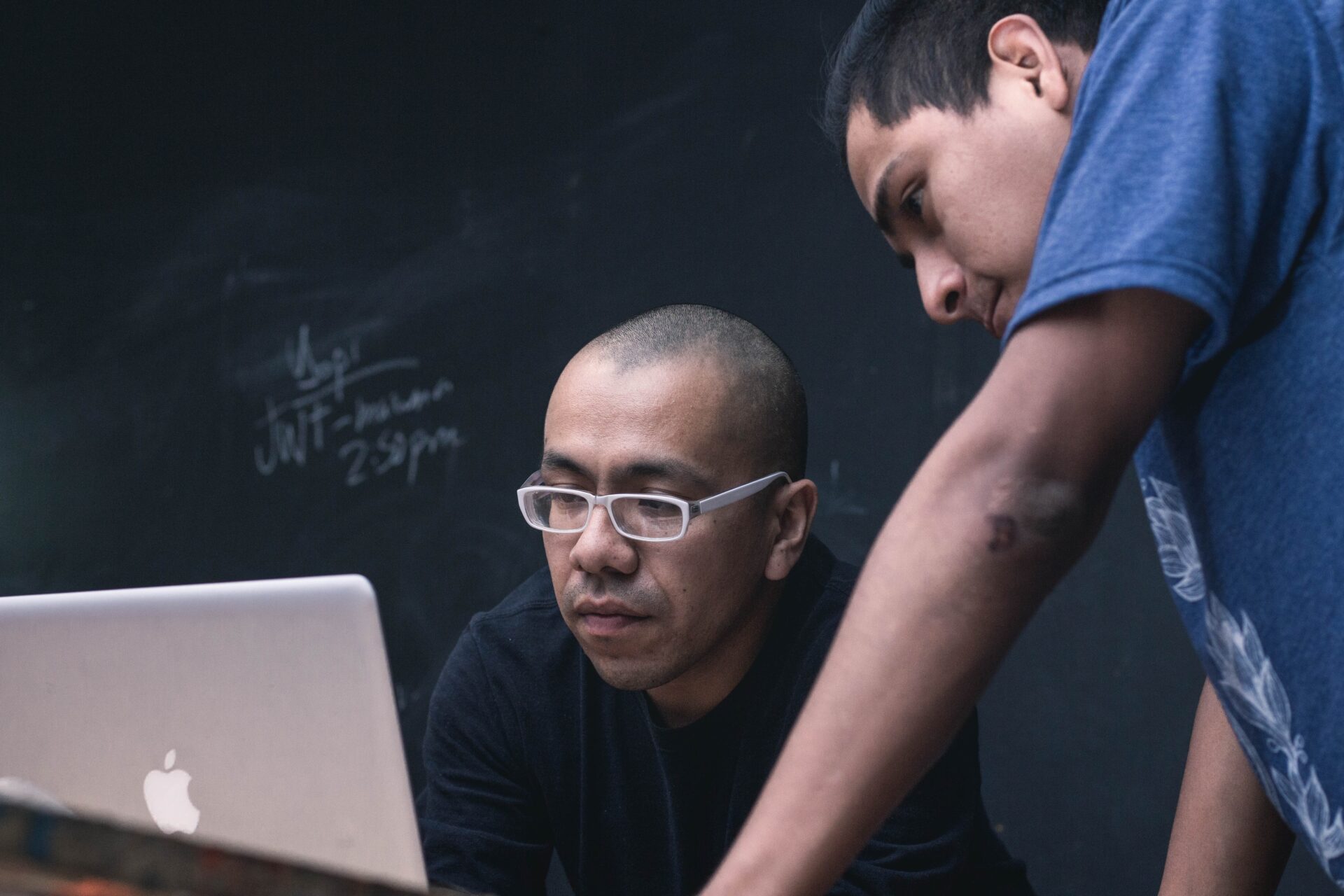Journalism can be an amazingly rewarding career and is incredibly important in a democracy. But it is a fast-paced, stressful and even sometimes dangerous job. In today’s political environment, journalists’ safety is a significant concern. Attacks against journalists and their work are “major threats to freedom of expression and its underpinning role for a democratic, equitable and inclusive society,” according to a recent study by PEN America.
In particular, reporters who cover misinformation, accountability and politics often become targets for harassment. Because a free and independent press is a cornerstone of democratic societies, attempts to intimidate journalists and undermine journalism’s integrity pose a serious challenge to a functioning democracy. More than 400 journalists around the world were assaulted in 2020 during the height of the COVID-19 pandemic, the U.S. presidential election and a summer of protests and riots in the nation. In 2022, the number of events targeting journalists globally rose to 518.
But not all incidents of reporters being targeted involve physical violence: a growing number of journalists report being stalked, harassed and trolled online. Nearly 75% of female journalists in a 2020 survey said they experienced online attacks, with about 25% of the messages they received threatening physical violence. Black, Indigenous, Jewish, Arab, Asian and lesbian women journalists have experienced the highest rates and most severe impacts of online violence.
It’s imperative for journalism managers to take steps to mitigate and support their team when confronted by online threats and attacks. In the past, the news industry has been slow to recognize that the health and safety of journalists must be a priority. Journalists must be proactive in protecting their own mental and physical health by seeking help and insisting on management awareness and response.
Guides & Best Practices
Committee to Protect Journalists
This four-part safety kit provides journalists and newsrooms with basic information on physical, digital and psychological safety along with complementary resources and tools.
PEN America
This “Online Harassment Field Manual” offers tools and resources for navigating online abuse and tightening your digital safety.
Reporters Without Borders
The “Safety Guide for Journalists: A Handbook for Reporters in High-Risk Environments” contains information on safety precautions, digital security and first aid.
Troll Busters
The Student Edition of the “Staying Safe Online & Off for Journalists and Media Workers” guides journalism students through the risks journalists face today, how these threats affect press freedom, and helps them develop risk assessments and mitigation strategies.
Election SOS
The “Scenario Planning Guide” is designed to help newsroom leaders, staff journalists and freelancers plan for various outcomes while on assignment and online.
Radio Television Digital News Association
“Newsroom Mental Health Resource Guide” contains advice on situational awareness, safety equipment and violence de-escalation.
American Press Institute
“Journalists and Mental Health: An API Resource Guide” is a collection of insights, tips and data for journalists to respond to mental health and safety issues.
Dart Center for Journalism and Trauma
“How to safely cover riots and civil unrest” offers advice about live reporting on civil unrest, an assignment that can be unpredictable and dangerous.
Training
International Women’s Media Foundation
Physical Safety and Hostile Environment Training. The International Women’s Media Foundation is one of several organizations that offer HEFAT courses that prepare journalists for reporting in dangerous environments. These courses cover topics including medical response, security awareness and conflict management.
Coalition Against Online Violence
Self-directed online violence courses. This list of resources includes several courses that cover various aspects of online safety.
Center for Cooperative Media
The Democracy Infusion Project offers advice, resources and teaching notes on educating students about personal and digital safety.
Assistance
A growing number of U.S. and international organizations are offering resources and help to journalists to prevent and address safety issues on the job.
International News Safety Institute provides resources, training and support for journalists working in high-risk environments.
UNESCO is an international organization that offers resources related to the safety of journalists, including publications, training materials and information on the United Nation Plan of Action on the Safety of Journalists and the Issue of Impunity.
Reporters Committee for Freedom of the Press is a nonprofit that provides various resources, including legal guides, on issues related to the First Amendment and journalists’ rights.
ACOS Alliance is a global coalition that has developed practical tools and guidelines to help journalists identify and work through all relevant safety issues before embarking on a story or assignment.
Additional Resources
The Journalist’s Resource
“6 tips from IRE panel on making safety part of newsroom culture” by Naseem S. Miller
Article
Online News Association
“Online safety: A forgotten priority in the newsroom” by Bryn Borzillo
Article
The Washington Post
“These women journalists were doing their jobs. That made them targets.” By Taylor Lorenz
Article, video
Online News Association
“A conversation with Diane Foley on journalist safety” by Yukthi Sangoi
Article
International Women’s Media Foundation
“How to support journalists experiencing online harassment” by Ha Ta
Article
Nieman Lab
“Newsrooms need to do more to protect journalists from online harassment” by Naseem S. Miller
Article
National Press Club
Foley Foundation Journalist Safety Task Force
Announcement, video




